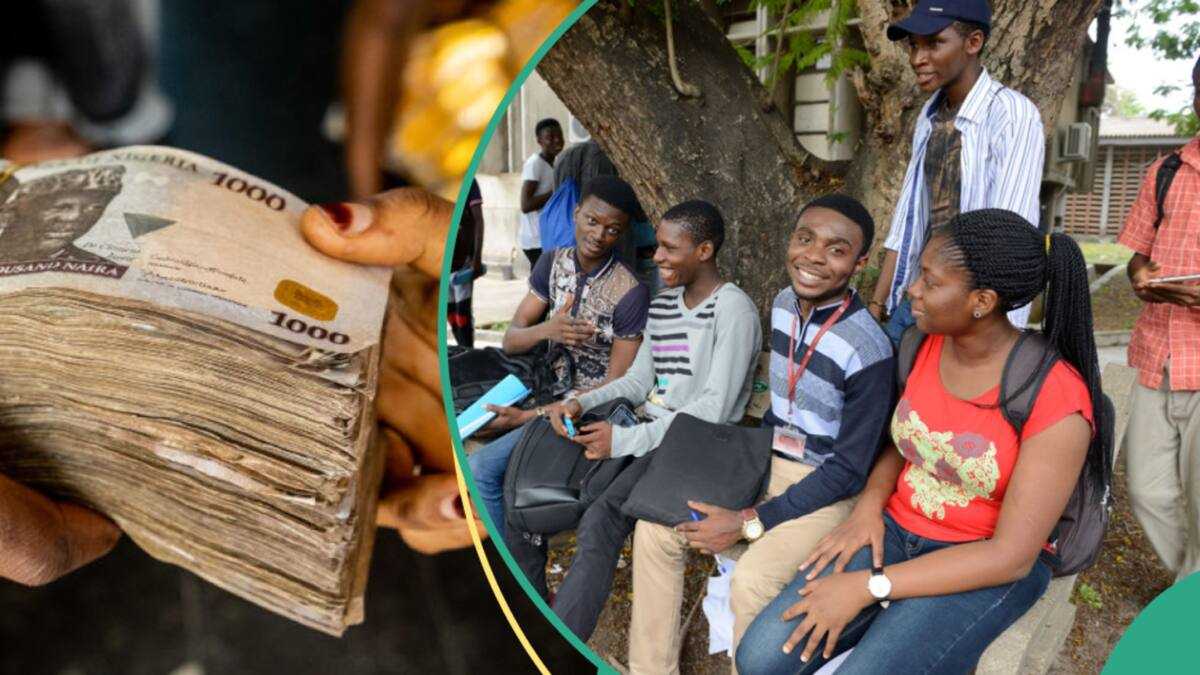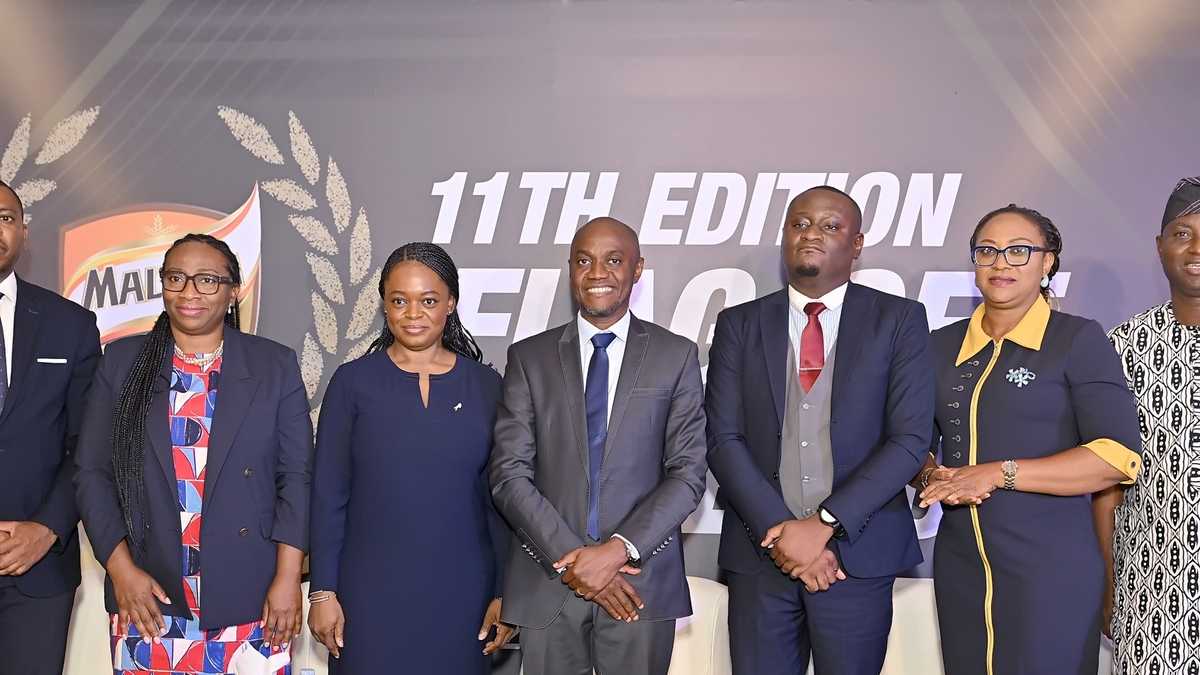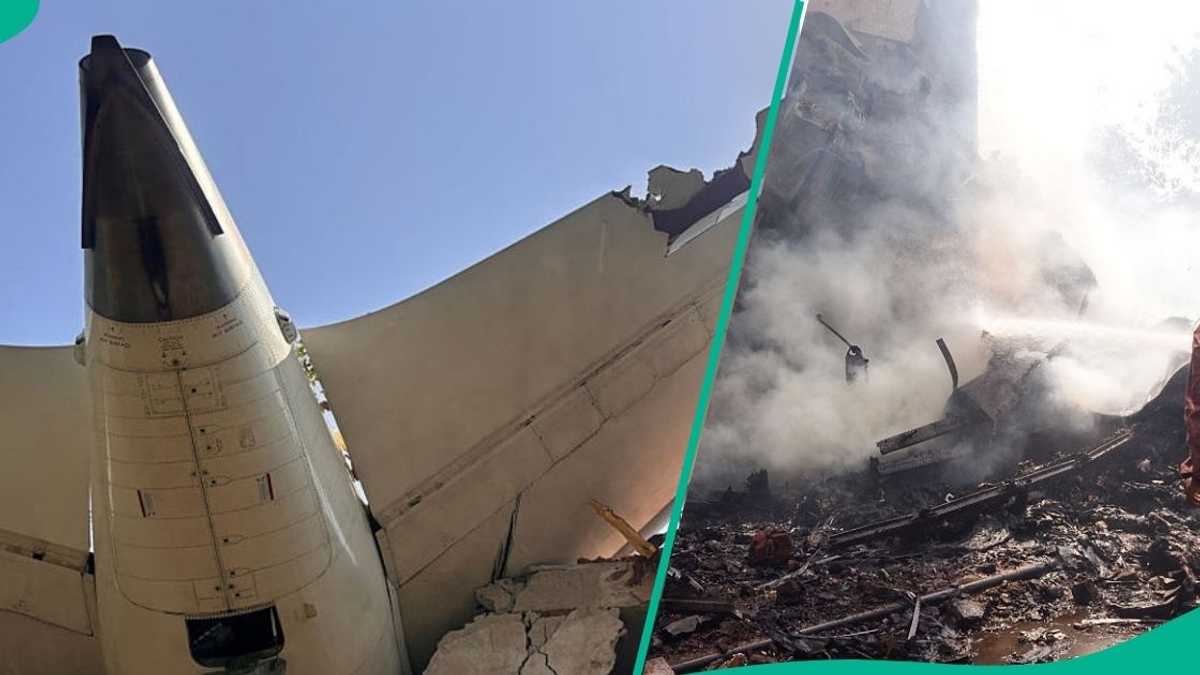Italian Journal of Pediatrics volume 51, Article number: 109 (2025) Cite this article
To ensure wide implementation of the Concussion in Sport Group (CISG) recommendations beyond English-speaking countries, the availability of recommended concussion assessment tools in other languages is a key step, especially in countries where few sport-related concussion guidelines exist. We describe the process and adaptations followed in the Italian translation of the latest CISG concussion assessment tools: the Concussion Recognition Tool 6 (CRT6™), the Sport Concussion Assessment Tool 6 (SCAT6®) and the Sport Concussion Office Assessment Tool 6 (SCOAT6™).
Based on CISG procedures, we engaged in an 8-step process which sequentially included verbatim translation in Italian, reconciliation of translation and cultural adaptation, back-translation (from Italian into English), appraisal of the back-translation, validation of the refined Italian version, review and adjustment by an expert committee, pilot testing in 12 amateur athletes and document finalization.
The immediate memory test required replacement with Rey Words to be meaningful in Italian, as per the advice of the working group neuropsychologists. The remaining tests did not need any substantial changes except for translation and cultural adaptation. The refinement process continued until the Italian CRT6 ™, SCAT6® and SCOAT6 ™ were rated as ‘extremely clear/coherent/grammatically correct’ (score 7 on a 7-point Likert scale). The average time needed to carry out assessments using the final Italian version of CRT6 ™, SCAT6® and SCOAT6 ™, was 3.2 min (SD 0.69), 21.12 min (SD 3.16) and 24.50 min (SD 3.18), respectively. These were found to have acceptable clarity, understandability, grammatical correctness, and coherence.
The Italian CRT6 ™, SCAT6® and SCOAT6 ™ are the first concussion assessment tools available in the Italian language for both healthcare providers and athletes and enable improvement of concussion management based on the CISG recommendations.
Concussion remains a significant health concern worldwide, both in the sport arena and beyond [1]. The Concussion in Sport Group (CISG) has contributed for over 20 years to significantly improving concussion recognition, management and recovery by issuing periodic recommendations based on a robust methodologic process that includes the most recent scientific evidence, as well as the input of world-renowned experts in the field [1]. During the 6th International Conference on Concussion in Sport convened in Amsterdam in October 2022 [2], CISG revised previous tools for the field and acute assessment of concussion. The Concussion Recognition Tool’s most recent version (CRT6™) is a ‘recognize and remove’ field assessment tool for the layperson, which is not intended for the diagnosis of concussion [3]. It was designed to be easy to use by a population with no clinical training.
The updated Sport Concussion Assessment Tool (SCAT6®) and its child version (ChildSCAT6®) for children aged 8—12 years are multimodal tools for the acute assessment of concussion that are meant to be used by healthcare professionals (HCPs) to inform management and have shown to be effective in discriminating between concussed and non-concussed athletes within 72 h of injury [4, 5]. However, except for the Symptom Scale, other assessments included in the SCAT® have limited utility in return-to-play decisions beyond the first few days post injury. For this reason, the CISG developed a new assessment tool for clinicians to perform a more comprehensive multimodal assessment in an office environment and to monitor recovery. This new tool, named the Sport Concussion Office Assessment Tool (SCOAT6™), was also developed for those aged over 12 years, and a child version for 8 – 12 years [6, 7]. Both SCOAT6™ and ChildSCOAT6™ require further evaluation to understand their validity and clinical utility at various timepoints post-injury and in different age groups and clinical settings [6].
Translation and cultural adaptation of these tools facilitates broad implementation of the CISG recommendations beyond English-speaking countries, where sport-related concussion may still be overlooked. Worldwide knowledge transfer through culturally modified versions of the tools not only leads to wider adoption of best care practices, but also allows alignment of research methods across different settings and countries, contributing to increasing the diversity of study populations and the validity of research findings.
The translation of the former version of the SCAT tools in a different language was previously performed and described in Arabic and Chinese [8,9,10]. In this article we describe the process and adaptations required in the Italian translation of the latest CISG concussion assessment tools, the CRT6™, the SCAT6® and the SCOAT6™, based on the CISG tools translation guidelines. Thus far, none of the current or previous CISG assessment tools has been available for use in Italian. We elected to focus on these tools initially and to address the Child SCAT6® and Child SCOAT6™ in a future study.
Guidance and approval for the present effort was obtained from the CISG before the process started. The translation, cultural adaptation and validation of the tools were conducted between June 2023 and May 2024 in eight stages according to international best practice and the CISG regulations [11]. A summary description of the process stages is described in Fig. 1. The CRT6™, SCAT6® and SCOAT6™ were divided into short sentences/items to ensure systematic translation and adaptation of each item.
Translation and validation steps of the latest CISG concussion assessment tools. Abbreviation Healthcare Professionals: HCPs
Three Italian native speaking HCPs (sport and exercise medicine doctor [VB], rehabilitation doctor [VR], physiotherapist [MB]) independently translated CRT6 ™, SCAT6® and SCOAT6 ™ into Italian [12].
Two other Italian native-speaking HCPs (SB, IL) merged the 3 versions of the translations into one document for each assessment tool, retaining the same wording across the three translations and adapting the cultural context and conceptual equivalents. The aim was to produce a cultural adaptation to be understood by Italian-speaking coaches, HCPs, and athletes. Particular attention was given to immediate and delayed memory tests that were adapted to Rey words, [13]. At the end of this stage a debriefing of the working group (VB, MB, VR, SB e IL) was held to review the main topics and modifications as suggested by the CISG translation guidelines [11].
One independent native English speaker proficient in the Italian language and expert in translations produced a new English version of the tools from the Italian-translated versions. The new documents in English were compared for meaning, understandability, and grammatical correctness with the original ones (VB, MB).
The reconciliation committee, composed of four native Italian-speaking HCPs, produced the pre-final Italian versions of the CRT6 ™, SCAT6® and SCOAT6™ (VB, MB, VR and SB). The original English tools reconciled with initial translations, considering suggestions in the reports written at each stage. Attention was given to achieving semantic and conceptual equivalence between the source and target questionnaires, especially related to immediate and delayed memory tests and the sleep screen.
A formal evaluation of the clarity of the contents, the coherence with the original version and the grammatical correctness was then performed. Each of the 79 items was rated by 6 independent reviewers, namely the expert panel (three sport and exercise medicine physicians, one sport physiotherapist, an emergency paediatrician and an Italian Rugby Union match day doctor). A 7-point Likert scale scoring was used, for each category of clarity, coherence, and grammatical correctness [14]. The score spanned from 1 ‘not clear/coherent or grammatically incorrect’ to 7 ‘extremely clear/coherent/grammatically correct’. Likert scale mean scores < 6 prompted a review and refinement of the item. The same expert panel conducted a group discussion with the reconciliation committee on the general understandability of the tools and the results were recorded.
The reconciliation committee reviewed step 5 outcomes and made the necessary corrections, following which the expert panel approved the modified version.
The updated prefinal versions of the Italian CRT6 ™, SCAT6® and SCOAT6™ were administered to 12 healthy amateur athletes from the University of Padova by an Italian-speaking sport and exercise medicine physician (VB) and two sport and exercise medicine resident physicians. At the end of this pilot testing of the Italian versions of the tools, feedback was given to the Italian authors of this manuscript on clarity, possible misinterpretations and usability of the tools [11]. The time of completion of the assessments with the translated tools was also recorded.
Comments from the pilot testing process were used to make final adjustments to the documents.
After input from two neuropsychologists, Rey’s words in the immediate and delayed memory tests, were adapted in both 10 and 15-word lists.
As for the dual task tandem gait words in reverse, only nouns, words consisting of 5 letters, no more than 3 vowels in each word and no double consonants were considered.
The sleep quality questionnaire was translated into Italian without need for cultural adjustments.
The tools are designed to have an integrated approach and consecutive use. The first tool is the Concussion Recognition Tool 6 (CRT6 ™), useful for health professionals but primarily for the general/lay population. It includes red flags, signs, and symptoms to identify a suspected concussion [7].
The Sport Concussion Assessment Tool, 6th edition (SCAT6®) tool includes the complete acute evaluation (immediate on-field- and remote off-field- assessment) to ensure a standardized assessment and assist HCP in making the diagnosis of concussion. The SCAT6® is intended to be administered by individuals from any medical discipline [6]. The first part of the assessment is for on-field use, and includes checking for red flags and objective signs, the Glasgow Coma Scale (GCS), a cervical spine assessment, the assessment of coordination through an ocular/motor screen and a memory/orientation assessment (using the Maddocks questions) [12]. The second part of the SCAT6® comprises an off-field multimodal assessment, in which the HCP explores the athlete’s background, symptoms evaluation, cognitive screening with the Standardized Assessment of Concussion (SAC) [15] test (orientation, immediate memory, concentration and delayed memory recall), coordination and balance examination, including the modified Balance Error Scoring System (mBESS), and finally, the HCP’s decision and diagnosis [16]. The SCAT6® includes two additional optional components for the balance examination, BESS on foam and the dual task tandem gait.
A significant additional tool arising from the 6th CISG consensus is the introduction of the Sport Concussion Office Assessment Tool 6 (SCOAT6 ™) [6]: a validated multiparametric assessment, useful after 72 h from the injury, to evaluate the athletes and follow up the return to sport process. It is broadly divided into 3 parts: first assessment evaluation, recommended sections and optional sections. The first assessment evaluation captures information about the current injury, history of any previous head injuries, and history of any neurological, psychological, psychiatric, or learning disorder. The recommended parts of the assessment include a list of current medications (including supplements, etc.), symptoms evaluation, verbal cognitive tests, digits backwards, orthostatic vital signs, cervical spine assessment, neurological examination, balance, timed tandem gait, modified vestibular/ocular-motor screening (mVOMS), delayed word recall, overall assessment and management and follow up plan [17]. The optional parts include family history of any diagnosed neurological, psychological, psychiatric, cognitive, or developmental disorders, verbal cognitive tests: alternate 15-word lists, balance assessment on foam, complex tandem gait, dual task gait, anxiety, sleep and depression screening, computerized cognitive test results, and graded aerobic exercise test [6].
The Italian version of the tools is in the Additional files [2].
All data were coded and analysed using SPSS v26.0 (IBM Corp., Armonk, N.Y., USA). Descriptive statistics were presented as means and standard deviations (SD) to analyse mean performance time for each tool during the testing phase.
We report below the detailed steps and interactions that led to the main adaptation and adjustments included in the final version of the translated tools.
In the initial Italian translations, several discrepancies regarding the use of different synonyms, grammatical errors, omissions, and additions of words, inaccurate translation of medical terms and inadequacies in direct translation without cultural adaptations were identified and addressed. Specific changes were made on the Immediate and Delayed Memory Tests, as their verbatim translation was not equivalent for the test purpose in the Italian language. In order to create culturally adapted words for the Immediate Memory and Delayed Recall subtests, words were selected from the Rey Auditory Verbal Learning Test (RAVLT) [18,19,20] word lists, in the Italian language, which are widely used in the assessment of verbal learning and memory [19, 20]. The equivalence of these newly created word lists will need to be assessed in separate studies.
The rationale for the style of words included in the Immediate and Delayed Memory Test is their belonging to the same semantic domain, having similar number of syllables and not showing any phonological similarities for each series. For the Immediate and delayed memory tests, three ten-word lists were extracted from the inventory of Rey’s words, to give possible alternative lists and try to minimise the ceiling effect in multi-tested athletes.
Although the RAVLT word list is validated for people older than 17 years of age, their use for younger patients can still be a valuable tool to provide clinically relevant information given that verbal memory is a critical function affected by concussions [10, 21, 22]. Formal validation of these word lists for use in those aged 13–16 years is still required.
Therefore, three 10-word lists were extracted from Rey's 15-word lists to reproduce the current SCAT6® and SCOAT6 ™ Italian version. The 10-word alternative lists were included in the tool, with the related QR code for quick availability.
The reconciliation committee discussed each sentence in the initial Italian CRT6 ™, SCAT6®, SCOAT6 ™ translation for semantic, idiomatic, experiential, and conceptual equivalence. Words, concepts and translation options were deliberated until a consensus was reached.
With respect to the Dual Task Tandem Gait in the SCOAT6 ™, the reconciliation committee discussed the need for reference values (currently missing in the literature) and understanding which criteria were used in the words list [23, 24]. Therefore, in the Italian translation it was agreed to use 5 letter words, consistent with the English version. In the same tool the sleep screening was adapted and translated in Italian, keeping the same validated questionnaire.
Text items were assessed across different domains, including clarity, coherence of content, and grammatical correctness on a 7- point Likert scale. No item scored less than 5 on the 7-point Likert scale for each domain. To improve the accuracy, the limit for modification was under 6 points, and 8 items were modified. Those items that scored ≥ 6 were considered adequate for the translation.
Twelve amateur athletes (10 males, age range 26–33 years) were tested with CRT6 ™, SCAT6® and SCOAT6 ™. The average time of completion of the assessment was 3.2 min (SD 0.69) for the CRT6 ™, 21.12 min (SD 3.16) for the SCAT6® and 24.50 min (SD 3.18) for the SCOAT6 ™. The three testing HCPs discussed the results of the pilot testing phase, without the athlete involvement. All the HCPs involved considered the translated tools acceptable in terms of clarity, coherence, grammatical correctness, and usability, and considered them comparable to the English version. A discussion with the athletes who were tested followed. The athletes all considered that the translated tools were adequately understandable.
The final versions of the Italian CRT6 ™, SCAT6® and SCOAT6 ™ are available in the Supplementary Material.
The focus of this study was to provide accurate and high-quality translated and culturally adapted CISG concussion assessment tools for the Italian sport arena and healthcare system to favour the implementation of recommended standard-of-care structured assessment for patients with concussion, across field, acute, and follow up assessment time points. There are no extant translations of these tools in Italian, while previous translation to other languages included the published SCAT3 in Chinese and the SCAT5 in Arabic [8, 9] and the SCAT6® in Persian, Greek, French and Spanish [25]. The availability of translated and validated Italian versions of the CISG tools is part of a wider project on dissemination and implementation of best concussion knowledge and internationally recommended practice in Italy. A recent study from our team has highlighted that more efforts should be directed towards improving concussion knowledge and management among youth rugby players and their coaches in the Italian region that boasts the highest rugby participation [26].
The most significant change during adaptation and translation process was the replacement of the Immediate Memory and Delayed Recall test words with an Italian-validated test that best fits the purpose of the assessment, as suggested by the consultant neuropsychologists in the team.
Concerning the writing style, in Italian the third person singular is the formal and more polite approach address people who are not acquaintances. In the translation of the tools, however, the working group elected to use a more informal approach when addressing players/patients, to facilitate the understandability of the procedures and tests being administered within the concussion assessment tools. Unlike the translations in Chinese and Arabic, no other cultural adaptations were necessary given that Italy and English-speaking countries align more closely within the Western world culture [8, 9].
A novelty of the SCAT6® and SCOAT6 ™ is the introduction of the single and dual task Tandem Gait, that allow a more comprehensive assessment. However, normative values for these tasks have not been published yet. For the time required to complete the assessment, the English SCAT6® is estimated to be completed in not less than 10–15 min [2]. The mean time to complete the Chinese SCAT3 was 10.6 ± 1.1 min [9]. The administration of the SCAT5 in Arabic was reported to take more than 20 min, even though the number of words in the Arabic version is less [8]. The completion of the SCAT6® using the Italian version took an average of 21 min, in line with the estimation provided by the CISG and similar to reported testing of the Arabic version. For the English SCOAT6 ™ the completion time is between 15 and 30 min, [6] the mean time to complete the Italian version was 24.5 ± 3.18 min.
To the best of our knowledge, this is the first validated translation of the CRT6 ™, SCAT6® and SCOAT6™ in the Italian language, involving a multidisciplinary working group of healthcare professionals.
Our work, despite following the robust process and methodology for translation and cultural adaptation recommended by the CISG, has some limitations. First, the on-field assessment of SCAT6® was not field-tested. Second, the pilot testing of the SCAT6® and SCOAT6 ™ was conducted with relatively low numbers of participants, although within the range (10–40 participants) recommended by the translation and adaptation guidelines [11].
Our effort has provided the Italian sport arena and healthcare system with high-quality Italian language versions of the CISG concussion assessment tools. The availability of these tools in Italian is an essential step towards the dissemination of concussion knowledge and the implementation of standard of care practices in concussion recognition, diagnosis, management, and recovery monitoring across the country [5, 7].
The datasets used and/or analysed during the current study are available from the corresponding author on reasonable request.
We would like to thank for the contribution in the validation process: Professor Andrea Zuin, Dr. Niccolò Gori, Dr. Alberto Livio, Dr. Marco Vecchiato, Dr. Elena Ostan and Dr. Francesca Benedetti. We acknowledge Dr. Sarah Melker for the back translation and all to the resident physicians of Sports and Exercise Medicine Division of University Hospital of Padova (Italy).
Not applicable.
Not applicable.
The authors declare that they have no competing interests.
Springer Nature remains neutral with regard to jurisdictional claims in published maps and institutional affiliations.
Open Access This article is licensed under a Creative Commons Attribution-NonCommercial-NoDerivatives 4.0 International License, which permits any non-commercial use, sharing, distribution and reproduction in any medium or format, as long as you give appropriate credit to the original author(s) and the source, provide a link to the Creative Commons licence, and indicate if you modified the licensed material. You do not have permission under this licence to share adapted material derived from this article or parts of it. The images or other third party material in this article are included in the article’s Creative Commons licence, unless indicated otherwise in a credit line to the material. If material is not included in the article’s Creative Commons licence and your intended use is not permitted by statutory regulation or exceeds the permitted use, you will need to obtain permission directly from the copyright holder. To view a copy of this licence, visit http://creativecommons.org/licenses/by-nc-nd/4.0/.
Baioccato, V., Bazo, M., Leo, I. et al. Translation, cultural adaptation, and validation of the Concussion Recognition Tool 6 (CRT6™), Sport Concussion Assessment Tool 6 (SCAT6®) and Sport Concussion Office Assessment Tool 6 (SCOAT6™): the Italian process. Ital J Pediatr 51, 109 (2025). https://doi.org/10.1186/s13052-025-01950-8
Received:
Accepted:
Published:
DOI: https://doi.org/10.1186/s13052-025-01950-8












